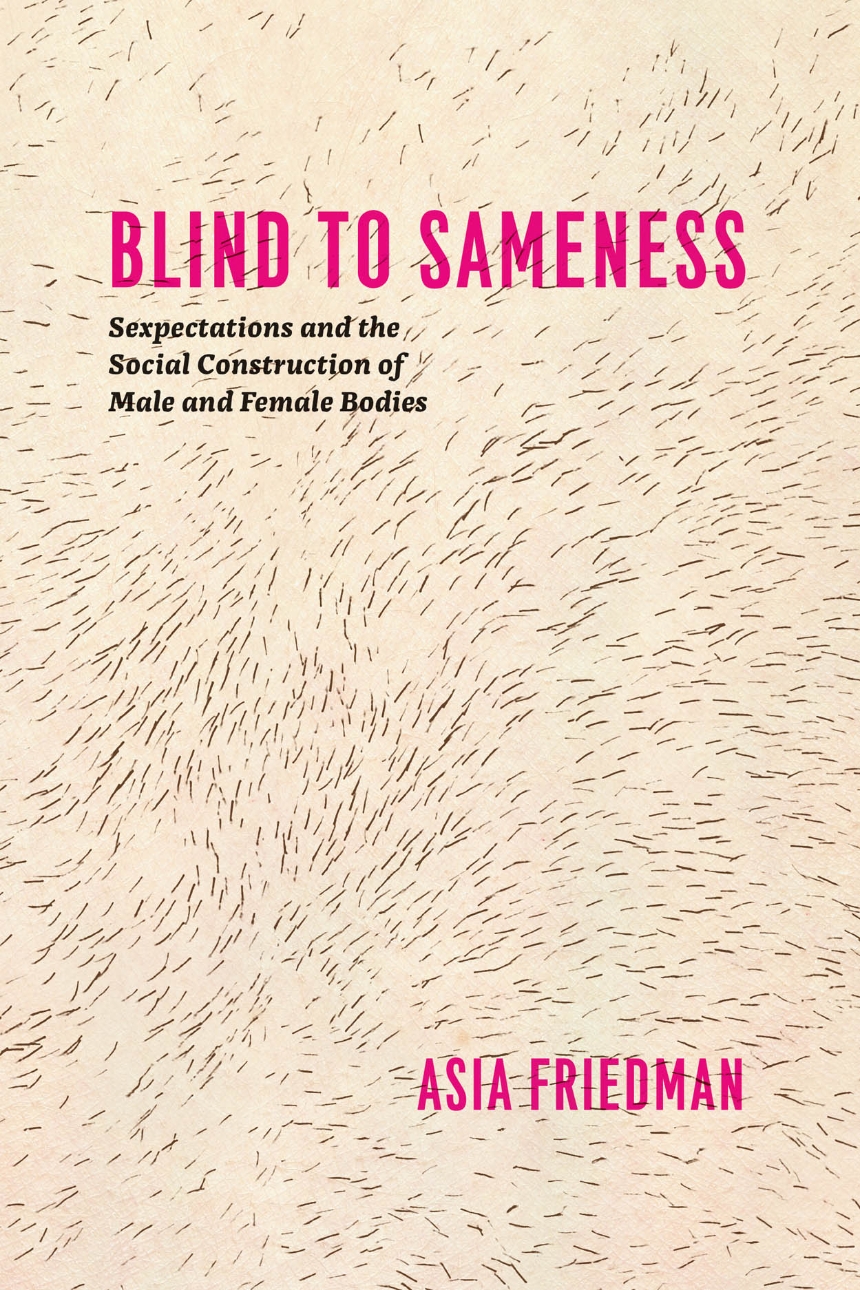Blind to Sameness
Sexpectations and the Social Construction of Male and Female Bodies
9780226023632
9780226023465
9780226023779
Blind to Sameness
Sexpectations and the Social Construction of Male and Female Bodies
What is the role of the senses in how we understand the world? Cognitive sociology has long addressed the way we perceive or imagine boundaries in our ordinary lives, but Asia Friedman pushes this question further still. How, she asks, did we come to blind ourselves to sex sameness?
Drawing on more than sixty interviews with two decidedly different populations—the blind and the transgendered—Blind to Sameness answers provocative questions about the relationships between sex differences, biology, and visual perception. Both groups speak from unique perspectives that magnify the social construction of dominant visual conceptions of sex, allowing Friedman to examine the visual construction of the sexed body and highlighting the processes of social perception underlying our everyday experience of male and female bodies. The result is a notable contribution to the sociologies of gender, culture, and cognition that will revolutionize the way we think about sex.
224 pages | 19 halftones, 4 line drawings, 11 tables | 6 x 9 | © 2013
Cognitive Science: Human and Animal Cognition
Sociology: General Sociology, Social Psychology--Small Groups
Reviews
Table of Contents
Acknowledgments
Introduction
1 Toward a Sociology of Perception
Expectations, Selective Attention, and Social Construction
Filter Analysis
Expectations, Selective Attention, and Social Construction
Filter Analysis
2 Selective Perception and the Social Construction of Sex
Sexpectations and Socio-Mental Control
Sex Difference as a Social Filter
Perception and the Social Construction of the Body
3 Selective Attention—What We Actually See When We See Sex
Transdar and Transition: Transgender “Expert” Knowledge of Sex Cues
The Sound of Sex
A Sex Cue Can Be Anything (as Long as It Provides Information about Sex)
Cognitive Distortions in Seeing Sex
Polarization
4 Blind to Sameness
Transgender Narratives and the Filter of Transition
A Blind Phenomenology of Sexed Bodies
Sex Differences in Proportion
5 Seeking Sameness
Sex without Polarization
Drawing Textbooks: Sameness Despite Polarization
Genitals, Gonads, and Genes
Sex Sameness as a Rhetorical Strategy
Conclusion: Excess, Continua, and the Flexible Mind
Emphasizing Excess
The Sex/Gender Continuum
Cognitive Flexibility
Appendix: Methodological Notes
Notes Bibliography Index
